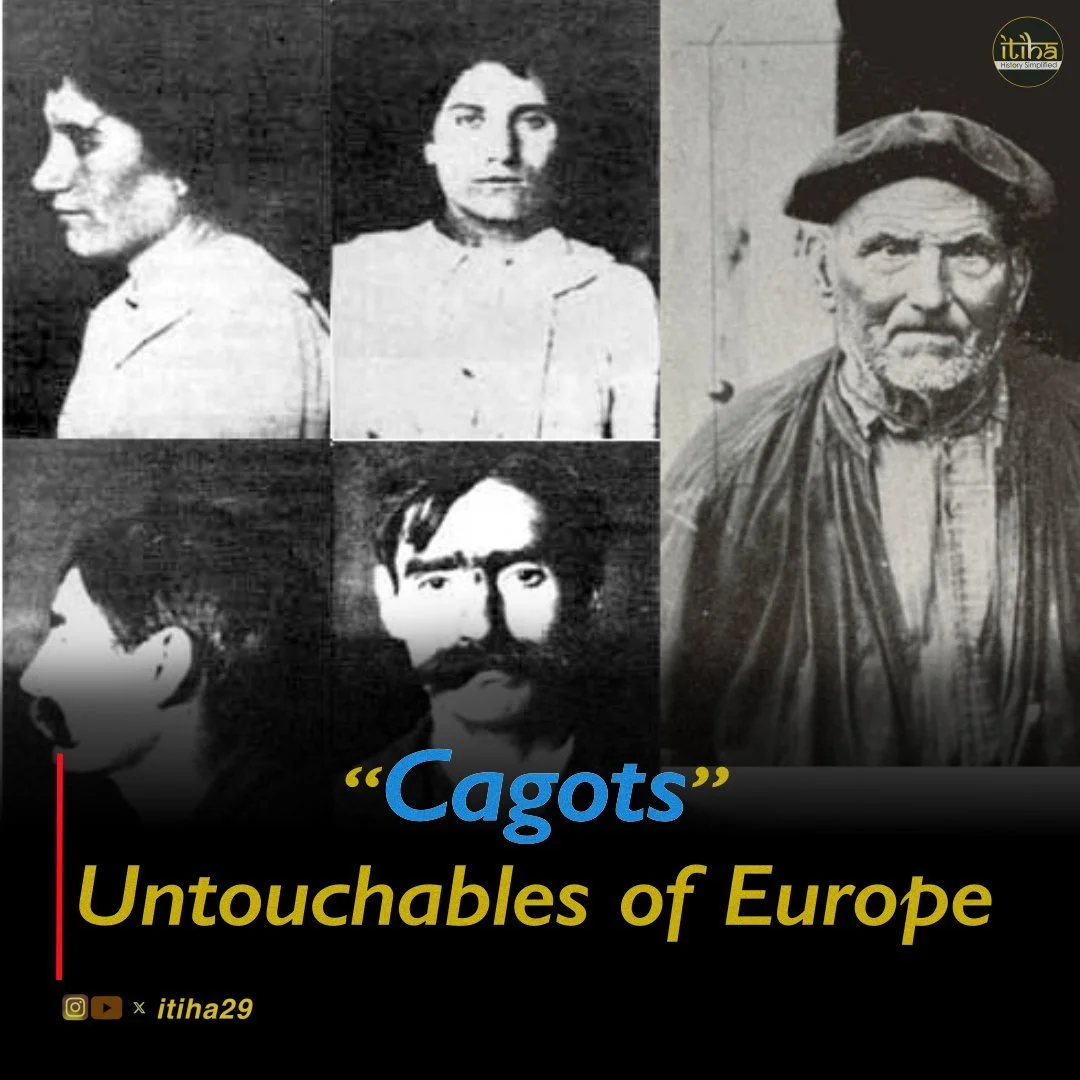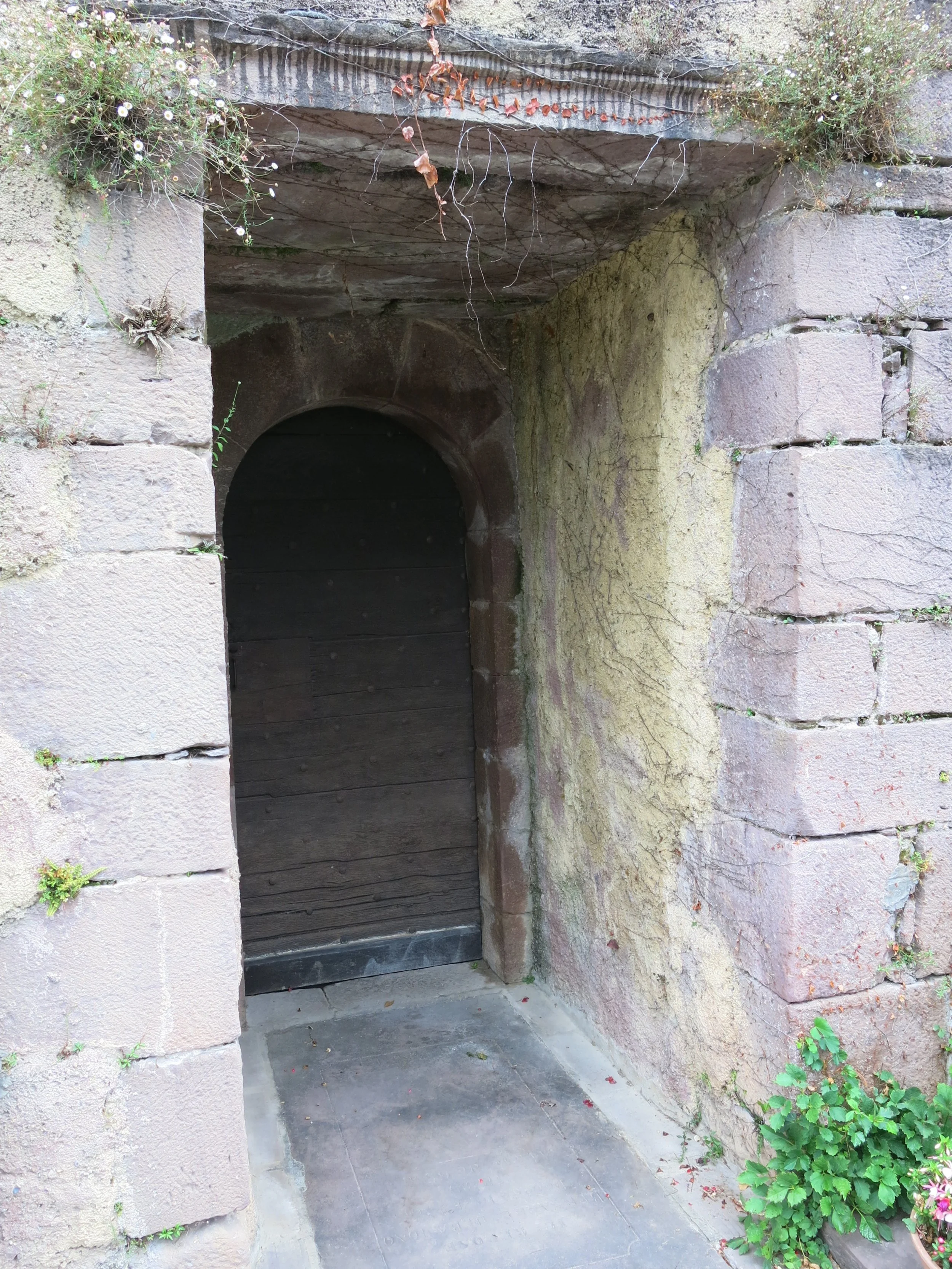The Cagots: Europe's Forgotten "Untouchables"
Cagots - The Untouchables of Europe
Imagine being an outcast in the Medieval Europe, branded as impure for a reason no one can explain. You look, talk, and believe the same as everyone else, yet you are barred from society, forced to do menial labor, and treated as a curse. This isn't India, and you aren't a Dalit; you are a Cagot in medieval France.
The story of the Cagots is one of Europe's most baffling historical mysteries. For centuries, these people were brutally discriminated against, subjected to inhuman atrocities, and labeled "untouchables," all without any logical or biological justification. Unlike other marginalized groups in Europe—Jews, Romani, or Muslims—the Cagots couldn't be distinguished by their faith, appearance, or a different language. They were devout Christians, spoke fluent French, and were visually indistinguishable from their "pure-blooded" neighbors. So why the deep-seated hatred? The answer remains largely a mystery, with multiple theories that still fail to explain the extreme prejudice.
A Life of Segregation and Humiliation
The discrimination against the Cagots was pervasive and absolute, affecting every aspect of their lives.
Forced Separation: They were made to live in isolated ghettos on the outskirts of towns, known as "Cagoterie," and were forbidden from owning land. In fact, many lived on the "malarial side of the river," a physical marker of their exclusion.
Public Humiliation: To be identified, they were forced to wear a special emblem—a goose's foot—on their chest. This same symbol was also carved on a separate entrance door to the church, the only way they were permitted to enter.
Religious Exclusion: Despite their unwavering faith, Cagots were segregated within the church itself. They had to sit in separate, designated pews at the back and could only receive communion from a special, long wooden spoon to prevent the priest from coming into contact with them. Even in death, they were buried in separate cemeteries.
Limited Rights: The law restricted nearly every aspect of their existence. They could only buy goods from the market on specific days and were barred from public buildings like hospitals, as a surviving fragment from 1291 attests. Violating these rules carried severe punishments, like the Cagot in Quimperlé, Brittany, who had his hand cut off for using a public fountain.
A People of Craft and Resilience
Despite facing constant oppression, the Cagots found a way to survive and even thrive in their restricted roles. They were mostly confined to skilled trades involving wood, such as masonry and carpentry. This work, considered "dirty deeds" by the "pure-blooded" French, became their livelihood and a major part of their identity.
The Cagots became highly skilled artisans, and their craftsmanship can still be seen in the structures of many Pyrenean churches. They honed their skills to perfection because any mistake could lead to grave punishment. Their resilience is a testament to the human spirit's ability to endure and adapt even under the most brutal conditions.
The Fading Legacy of the Cagots
The French Revolution brought a pivotal moment for the Cagots. In a desperate act of liberation, they seized the opportunity to burn all official records and legal documents that branded them as "Cagot." This act was a success, leading them to effectively disappear as a distinct group and integrate into French society.


